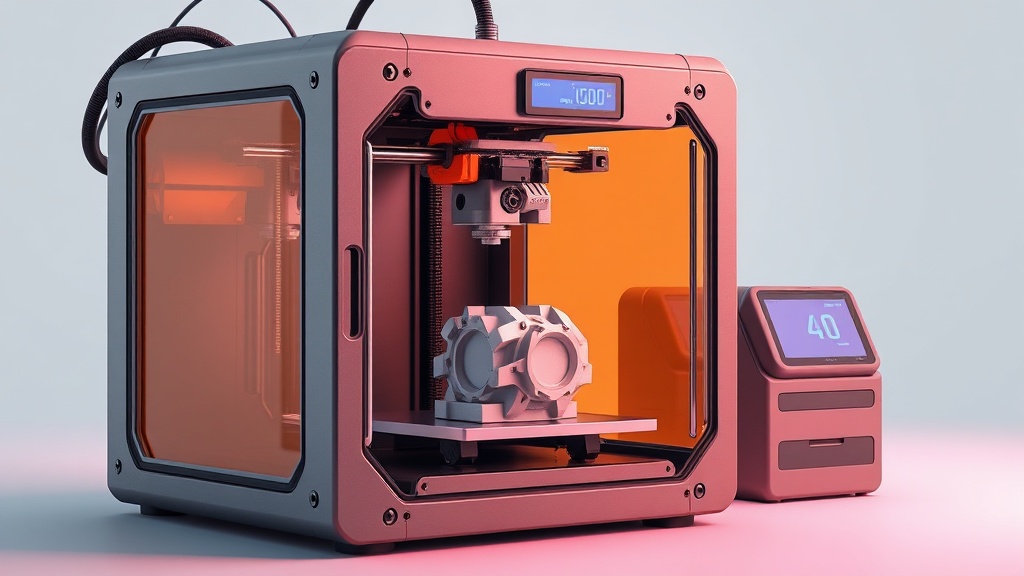Home / Business and Economy / Secure 3D Printing Transforms Oil and Gas Supply Chains
Secure 3D Printing Transforms Oil and Gas Supply Chains
18 Nov
Summary
- Secure, distributed 3D printing of certified spare parts
- Collaboration between tech firms and engineering companies
- Reduced lead times, costs, and environmental impact

A groundbreaking collaboration between Assembrix, HP, Sparely, and Korall Engineering has ushered in a new era of secure, distributed 3D printing for the global energy sector. Over the past few weeks, the partners have successfully completed a series of remote additive manufacturing (AM) operations across multiple sites worldwide to produce certified polymer spare parts for the oil and gas industry.
The project validated the repeatability, traceability, and security of the process, with each build encrypted, remotely managed, and monitored in real time. This milestone demonstrates how distributed manufacturing can enable efficient, on-demand production of critical components near the point of need, enhancing operational agility and supply-chain resilience.
For oil and gas operators, the secure, data-driven manufacturing model promises to significantly reduce lead times, logistics costs, and the need for large inventories. Localized production also drives sustainability by cutting transport emissions, material waste, and overproduction. By combining cutting-edge technologies and specialized expertise, the partners have set a new benchmark for how additive manufacturing can serve critical industries worldwide.



